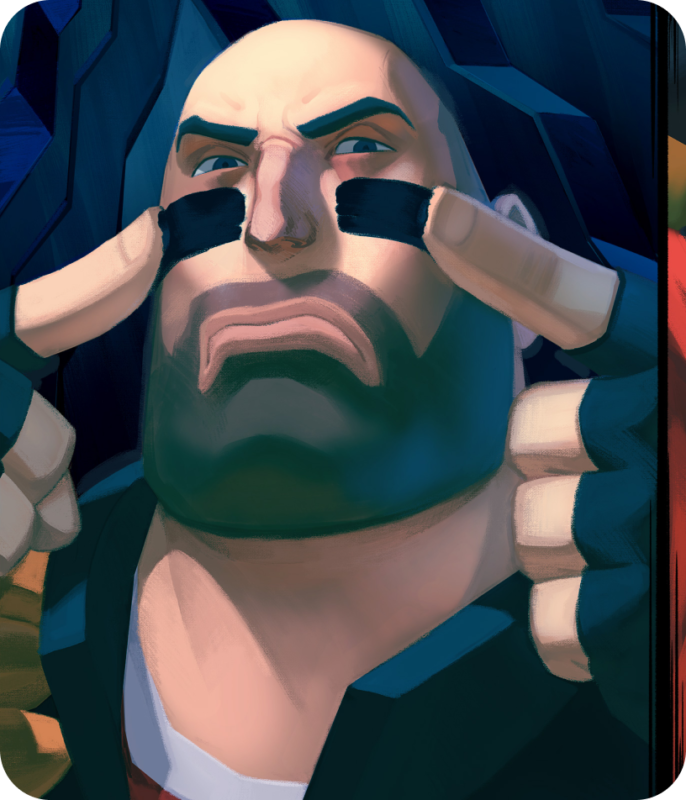Uncategorized
Customizing Your Team Fortress 2 Experience
In Team Fortress 2, players can personalize their gaming experience using the in-game options panels and scripting. The options panels provide an intuitive interface for adjusting ConVars, which can also be set manually via the developer console. The panels cover settings for Keyboard, Mouse, Audio, Video, Voice, and Multiplayer, each with its own configuration options.These settings are saved in the config.cfg file located in the cfg folder and are automatically stored in the Steam Cloud by default.
Scripting provides a more advanced method for customizing ConVars, enabling precise control over settings, player configurations, and performance. Script files, located in the cfg folder, execute automatically when the game starts or when players switch classes. These scripts are crafted using bind, alias, game commands, and ConVars, with the wait command available to automate sequences, though this feature may be restricted on some servers.
The TF2 interface can be customized by modifying the Heads-up Display (HUD). Most custom HUDs are compatible with all servers, except those using custom material files, which are restricted on servers with sv_pure settings. Typically, HUDs consist of resource and script files, which are permitted on all servers with pure settings.

